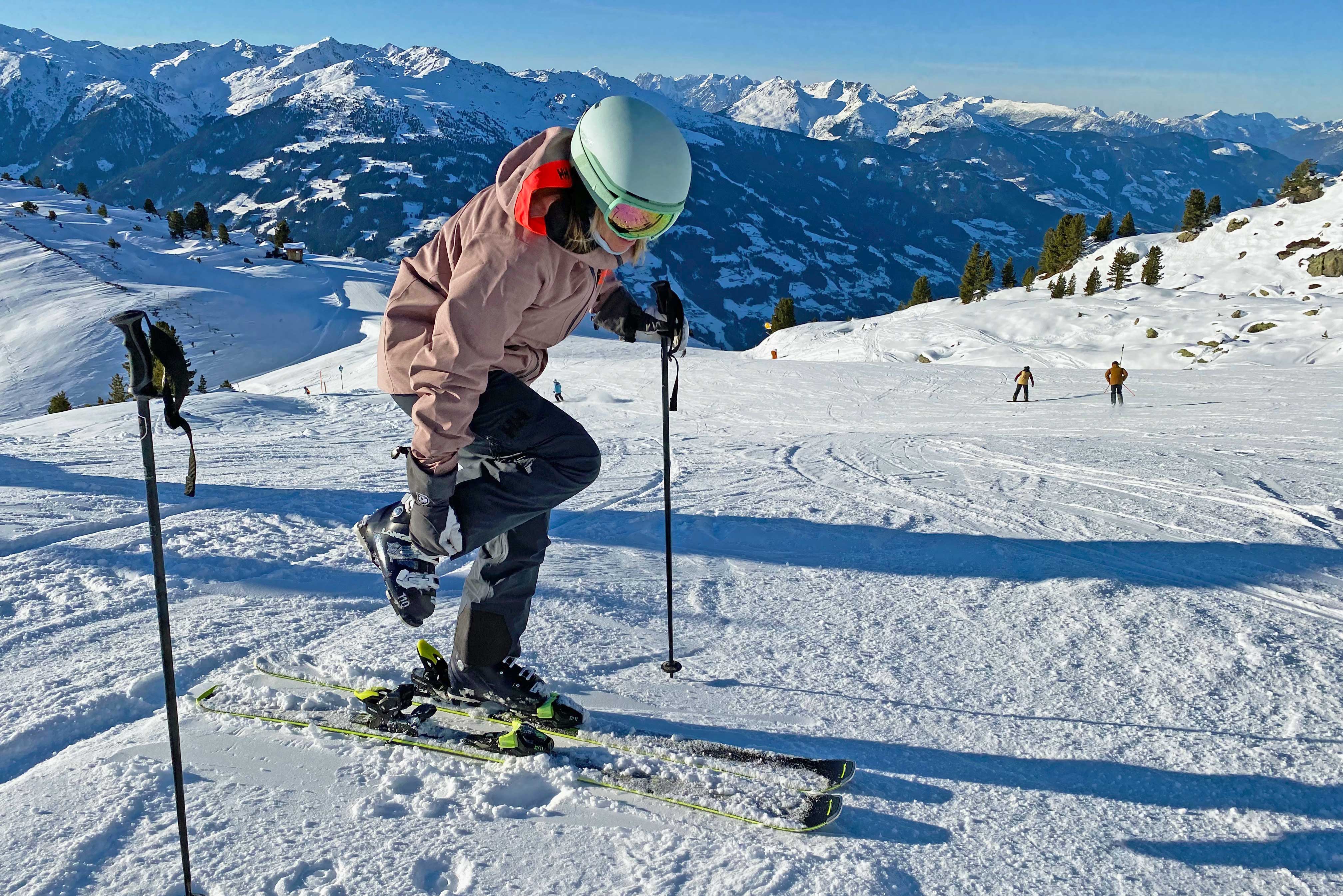

Iceland's Okjökull, or the "Ok Glacier" (jökull is Icelandic for "glacier"), was one of the world's first glaciers of its size to lose its glacier status back in 2014. The Ok glacier sat on top of the Ok volcano but has melted so much due to climate change that it is no longer officially recognzed as a glacier. This summer, the scientists and politicians commemorated the glacier's death with a plaque. In addition to being a popular tourist attraction, Iceland's glaciers are also an integral part of the culture. Iceland's prime minister, Katrin Jakobsdottir, presided over the ceremony and read the opening remarks before mourners placed the plaque. Written by the author Andri Snaer Magnason, the plaque reads:
A letter to the future
Ok is the first Icelandic glacier to lose its status as a glacier. In the next 200 years all our glaciers are expected to follow the same path. This monument is to acknowledge that we know what is happening and what needs to be done. Only you know if we did it.
At the bottom of the plaque is the current level of carbon dioxide in our atmosphere: 415 parts per million (ppm).

By Rice University -
https://cpb-us-e1.wpmucdn.com/news-network.rice.edu/dist/c/2/files/2019/07/image1.jpg,
CC BY-SA 4.0,
Link
When is a glacier not a glacier?
A glacier is officially a glacier when there is such a thick accumulation of snow and ice that it starts to flow; this usually happens when the ice is around 40 or 50 metres thick. The glacier has gone from a surface area of 3 square kilometres in 1978 to less than 1 square kilometre today. Oddur Sigurdsson, a glaciologist at the Icelandic Meteorological Office, declared the glacier officially dead back in 2014. It is Icelanic's first named glacier to succumb to climate change. Now, if anything, it is just a pathetic patch of ice and dirt. The demise of the Ok glacier has been documented in a film produced by Cymene Howe and Dominic Boyer, two anthropolotists from the Rice University in Houston, Texas.
Glaciers and skiing
Most of us probably think of skiing right off the bat when we think of glaciers. Glacier ski areas offer us guaranteed snow cover all winter long and sometimes even in the summer, placing many of them among the most desirable ski areas. But the glaciers in the Alps are suffering, too, with Tignes and Les Deux Alpes having closed their glacier ski areas early this summer due to lack of snow from the heatwave. Melting glaciers have ramifications for the rest of the mountain, and a continued decrease in size of glaciers in the Alps will have ever-more-serious ramifications for snow cover at our favourite ski resorts. As skiers and snowboarders, we can help curb the effects of climate change on our glaciers by choosing environmentally conscious ski holidays, considering everything from ski and snowboard gear to transport to which ski resorts we choose.
It's too late to save the Ok glacier, but scientists are hoping that this plaque will serve as a reminder that we must act now to prevent climate change, lest all the world's glaciers share the same fate.















